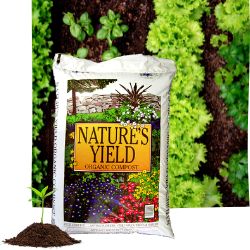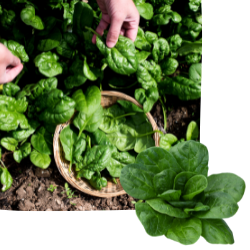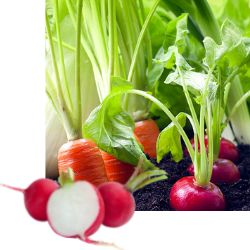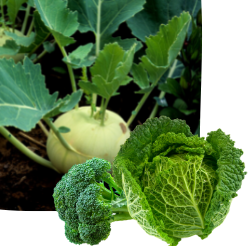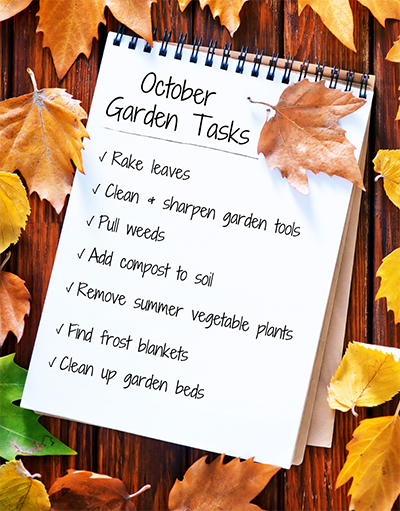
In October, when the temperatures finally begin to cool, it’s a welcome sign that soon both gardens and gardeners will be able to settle in for a well-earned winter’s rest.
Those cozy evenings by the fireside will be here before we know it, but this month, there’s still plenty to be done to get the garden ready for its dormant period, and also to prepare for next year’s busy growing season!
BEGIN BY CLEANING UP THE BEDS
Start the winterizing process with a good cleanup! A proper cleanup this fall will improve overall plant health for the following year. Begin by removing any weeds. They’re sending their energy into their roots just like all the other plants at this time of year. You’ll want to get them out, so they don’t spread seed or dig deeper roots over the winter.
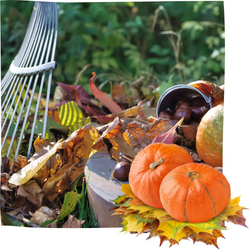
You’ll also want to clean up dropped fruit under fruit trees. Fruits and vegetables left out all winter will only rot, attract animals, and set seed. Remove all vegetable plants that are finished producing for the season. Dispose of plants which had insects or disease. You don’t want to put those in the compost pile. The same goes for weeds. Pull out all dead plant material. This helps keep your garden healthy through the winter and helps protect against pests.
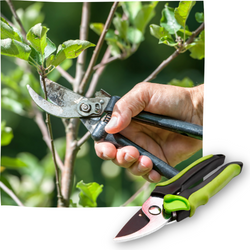
CUTTING BACK & PRUNING
Many perennials and ornamental grasses add seasonal interest to the garden with attractive seed heads and plumes. Choose what you would like to remain intact and tidy up others by cutting tall stems back to the base foliage.
Cutting old and diseased foliage in the fall can help perennials jump right into new growth come spring. However, do not prune early-flowering shrubs such as lilac, forsythia, certain varieties of hydrangea, or rhododendron. These have already set next spring’s flower buds. Pruning now would remove next spring’s blooms! Spring bloomers like these can get a haircut right after they finish flowering next year.
AMEND THE SOIL — Autumn is a great time to amend your soil by working in organic matter. The addition of compost now will improve the soil next spring. Rototilling, or turning the soil over, will reduce insect and disease problems next year. Be sure to do this while the soil is dry.
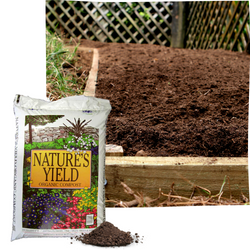
ADD MULCH — Renewing all mulches in the autumn will yield several benefits. It helps maintain a consistent soil temperature, retains moisture, and prevents exposure of roots — which is a common cause of winter damage. Apply mulch around perennial plants — especially those that have been recently planted — as well as around trees and shrubs.
PREPARE FOR THOSE EARLY FROSTS — Keep an eye on those weather apps for nighttime temps dipping to or below freezing, and keep the frost blankets handy. A little protection for the first frost or two ensures your plants will continue to thrive in the warm autumn days that invariably follow a frost. If you run out of frost blankets, be sure to cover with a similar breathable material. Plastic is not recommended for frost protection because condensation beneath the plastic may lead to ice formation, which can damage the foliage.
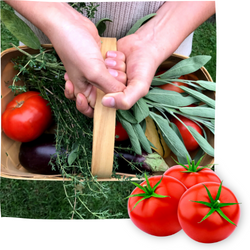
TO HARVEST, OR NOT TO HARVEST — THAT IS THE QUESTION!
Though you may be able to extend the season by using floating row covers and frost blankets for the first autumn frost or two, generally it’s time to pull the warm-season veggie plants and put any harvests on the table for dinner. Here is a brief list of what to protect and when to call it a season:
Beans will not tolerate frost. Harvest and put them on the dinner menu.
Corn is frost sensitive and also should be harvested rather than covered.
Harvest all unprotected tomatoes and peppers. Unripened tomatoes can be placed in a paper bag or between sheets of newspaper to continue ripening indoors. Be sure to check on them often throughout their ripening process.
Cucumbers and summer squash should be harvested and thoroughly wiped dry before storing. Thin-skinned cucumbers do not store well and those should be eaten within a few days.
WHAT NOT TO
HARVEST … YET
Not all crops need to be hurriedly harvested before an autumn frost. Some cool-season vegetables are actually improved by the cold!

– Root crops like carrots and beets can remain in the ground until there’s a danger of the soil freezing. The soil acts as their protection from frost.
– Celery and late cabbage can be harvested after you notice the frost has slowed their growth.
– Don’t harvest winter squash or pumpkins yet! Wait until their vines are frost-killed and their skins are hard to the thumbnail.
– Kale and collards can be left in the garden until long after the first fall frost. Continue to harvest as needed until the foliage finally succumbs to the cold weather.
– Potatoes should be harvested after the vines die down, so the potato skin has a chance to mature. This makes them less susceptible to bruises, cuts, and moisture loss during storage.
– Lettuces and salad greens can be covered with frost cloth.
– Onions should be harvested only after the frost has stopped their growth.
For a deeper dive into methods of storing vegetables for the winter, the Colorado State University Extension provides this handy fact sheet.
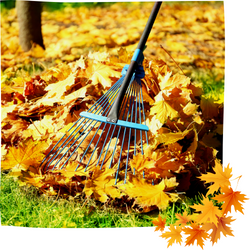
TO RAKE, OR NOT TO RAKE? Rake! Although some fallen leaves can be mulched back into the soil with your lawn mower, most turf grasses will not tolerate a thick mat of leaves over the winter. Soggy mats of leaves on turf can lead to disease problems. You can add dry leaves to the compost pile, or shred & dig directly into your vegetable beds to improve the soil over the winter.
Aerate your lawn to loosen compacted soil, and apply Green Thumb Winterizer in mid-October. Your lawn will be nice and green in the spring. For the final mowing of the season, leave your grass at a height of 2½”.
Bindweed, dandelion, and other perennial weeds will be moving food reserves down to their roots now. This is a great time to use Weed Free Zone to kill these invasive weeds, roots and all.
Before you drain your sprinkler system for the year, give your lawn a good watering. Continue to hand water as long as temperatures remain above freezing.
Put a trip to Echter’s on your autumn to-do list! We’ll help you tackle putting your garden to bed. Then you can feel free to settle back and enjoy the season knowing that your garden is well-prepared for a long winter’s nap!



